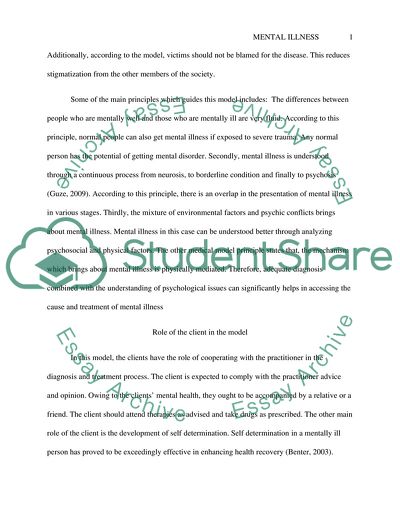Cite this document
(“Ways of Knowing Mental Health Assignment Example | Topics and Well Written Essays - 1500 words”, n.d.)
Ways of Knowing Mental Health Assignment Example | Topics and Well Written Essays - 1500 words. Retrieved from https://studentshare.org/psychology/1596862-social-work-ways-of-knowing-mental-health-final-paper
Ways of Knowing Mental Health Assignment Example | Topics and Well Written Essays - 1500 words. Retrieved from https://studentshare.org/psychology/1596862-social-work-ways-of-knowing-mental-health-final-paper
(Ways of Knowing Mental Health Assignment Example | Topics and Well Written Essays - 1500 Words)
Ways of Knowing Mental Health Assignment Example | Topics and Well Written Essays - 1500 Words. https://studentshare.org/psychology/1596862-social-work-ways-of-knowing-mental-health-final-paper.
Ways of Knowing Mental Health Assignment Example | Topics and Well Written Essays - 1500 Words. https://studentshare.org/psychology/1596862-social-work-ways-of-knowing-mental-health-final-paper.
“Ways of Knowing Mental Health Assignment Example | Topics and Well Written Essays - 1500 Words”, n.d. https://studentshare.org/psychology/1596862-social-work-ways-of-knowing-mental-health-final-paper.


